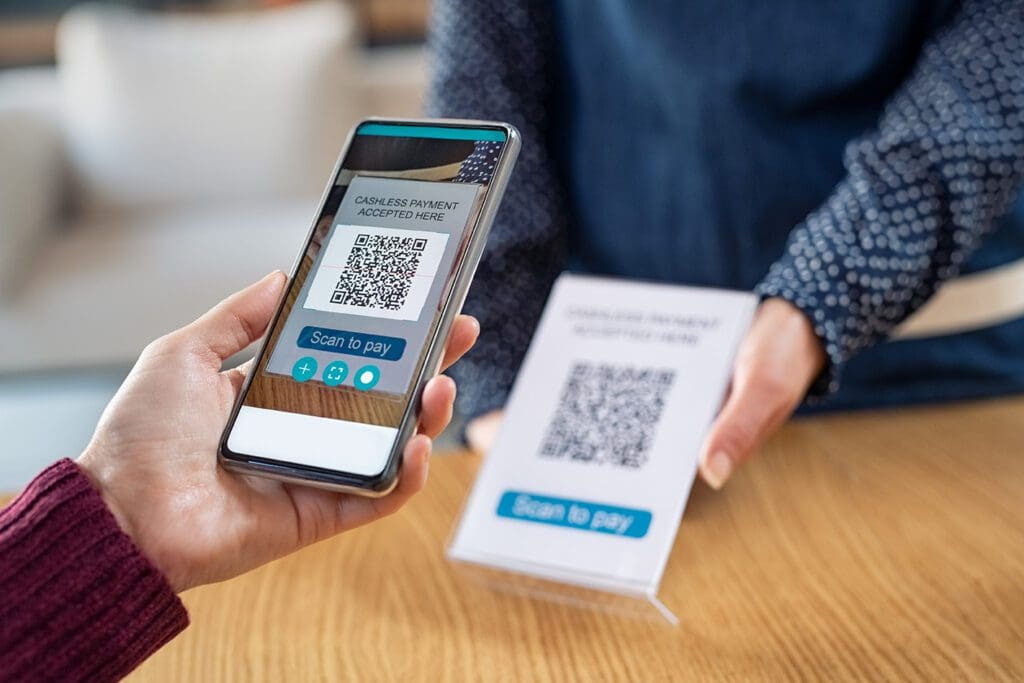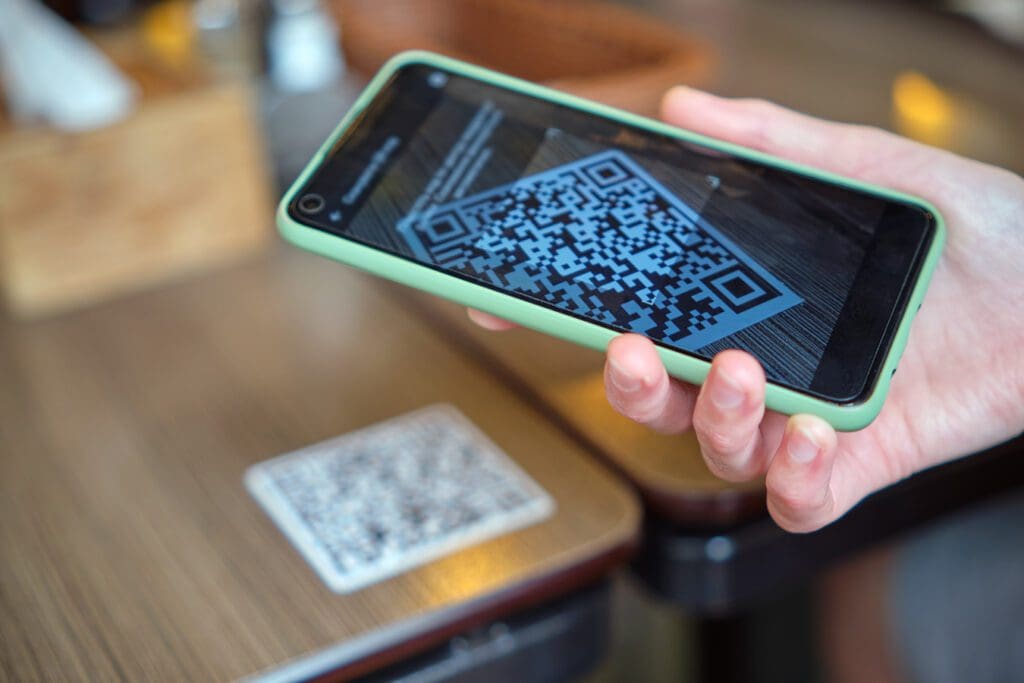The unassuming QR code, that ubiquitous square of black and white pixels, has become an ingrained part of our daily lives. Since the COVID-19 pandemic, its use has skyrocketed, offering contactless access to menus, payment options, and even social media profiles. But with this convenience comes a hidden danger: quishing.
What is Quishing?
Quishing, a term derived from “QR phishing,” refers to a cyberattack that exploits the trust associated with QR codes. Hackers create malicious QR codes that, when scanned, redirect users to fraudulent websites designed to steal sensitive information. These websites can be cleverly disguised to mimic legitimate ones, such as your bank’s login page or a popular social media platform.

The Rise of the QR Code and the Increased Risk of Quishing
Prior to 2020, QR codes were primarily used in advertising and marketing campaigns. However, the pandemic spurred a dramatic shift. Restaurants replaced printed menus with QR-accessible versions, businesses incorporated them into payment systems, and public health campaigns used them to disseminate information. This widespread adoption, while convenient, has inadvertently created a larger playing field for bad actors.
The Dangers of Quishing: A Breach Beyond Passwords
- Compromised Login Credentials: Malicious websites can trick you into entering your login details for email, social media accounts, or even online banking. Once obtained, hackers can wreak havoc on your digital life, including identity theft and financial fraud.
- Financial App Hijacking: QR codes can also lead you to fake versions of banking apps like Venmo. Entering your login information here grants the attacker access to your financial accounts, potentially leading to significant financial losses.
- Exposure of Business Data: In today’s era of mobile workforces, many employees access sensitive business information through corporate apps. If a quished QR code leads to a compromised site and the user enters their login credentials, hackers could gain access to a treasure trove of confidential data, including customer information, trade secrets, and intellectual property.

Protecting Yourself from Quishing Attacks
- Think Before You Scan: Don’t scan every QR code you encounter. Be cautious in unfamiliar settings and prioritize official sources for accessing information.
- Manually Type URLs: Instead of relying on the QR code, consider manually entering the intended website address into your browser. This allows you to verify the legitimacy of the URL before entering any sensitive information.
- Use a QR Code Scanner with Security Features: Several QR code scanner apps offer built-in security features. Look for features that scan the code’s destination URL and warn you about potentially malicious links.
- Remain Skeptical of Free Offers: QR codes promoting “too good to be true” deals or excessive discounts are often red flags. Always exercise caution before clicking on any links associated with such codes.
- Educate Yourself and Others: Spreading awareness about quishing is critical. Share this information with family, friends, and colleagues to build a collective defense against this emerging cyber threat.
QR codes are a technological marvel, offering seamless access to information and services. However, with their global presence comes the increased risk of quishing. By remaining vigilant, employing caution, and adopting protective measures, we can minimize the threat and continue to leverage the convenience of QR codes safely.

To learn more about how to protect yourself from Quishing Scams and other cyber crimes, connect with the experts at KT Connections today!